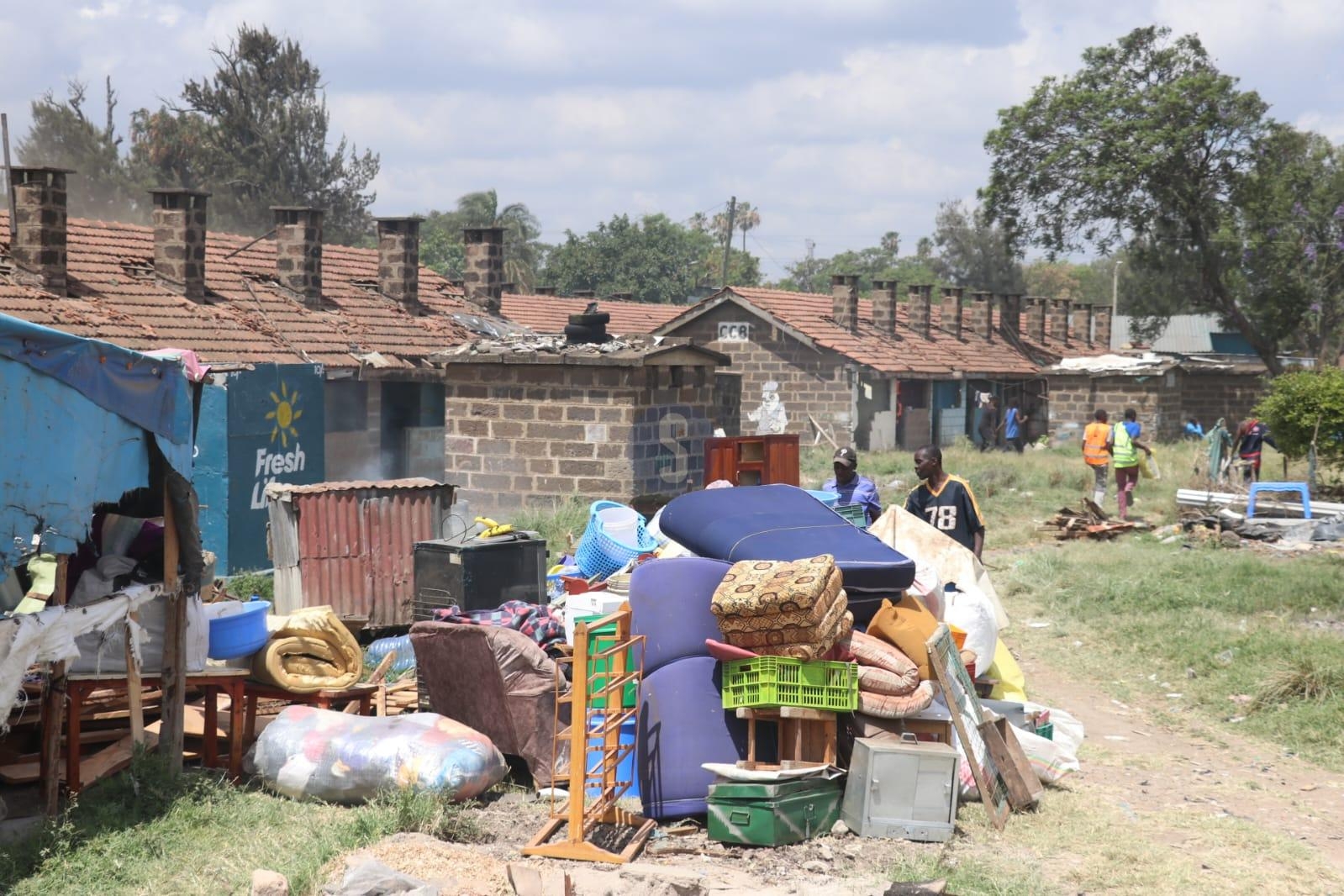Kenyans experienced the highest cost of living in five years last year, despite muted income.
The Kenya Economic Report 2023 dubbed 'Cost of Living and the Role of Markets' by the Kenya Institute for Public Policy Research and Analysis (Kippra) shows the consumer price index (CPI) hit 7.7 per cent, the highest since 2018.
It is highest compared to 6.1 per cent in 2021, 5.4 per cent in 2020, 5.2 per cent in 2019, 4.7 per cent in 2018 and 8.1 per cent in 2017, breaching the maximum government target band of 7.5 per cent.
"Headline inflation, which measures the overall change in the consumer price index (CPI), reached its highest level in five years in 2022, primarily due to high food prices and potential pass-through from fuel prices,'' the report reads.
Inflation spiked at 9.6 per cent in October 2022 compared to 6.5 per cent in October 2021 but decelerated slightly to 9.5 per cent in November 2022 against 5.8 per cent in November 2021 and further to 9.1 per cent in December 2022 compared to 5.7 per cent in the same period in 2021.
The persistent inflationary pressures were driven by supply-side factors and to some extent the underlying demand pressures.
"Insufficient precipitation experienced during the short rains in 2021 and the long rains in 2022 adversely affected food production, leading to a sharp rise in domestic food prices,'' the report says.
It adds that the onset of the Russia-Ukraine war in February 2022 affected the importation of grains and cereals to compensate for domestic shortfalls. General spikes in global commodity prices, including oil drove up energy and food inflation, a situation exacerbated by the rapid depreciation of the shilling.
While inflation rose, income per capita remained muted, with those at the bottom of the economic pyramid suffering the most.
According to the report, the real earnings which measure the purchasing power of the average wage, dropped by 3.8 per cent, whereas the real minimum wage declined by 6.7 per cent in the same year.
This suggests that the impact of inflation is higher on minimum wage earners compared with other income earners.
The minimum wage in Kenya only covers about half of the living wage, which is still inadequate to provide a worker with a decent life.
As a result, it is challenging for workers to cover the cost of basic and essential commodities required to sustain themselves.
Out of the basic components that form the minimum wage basket, the cost of food, and housing and amenities were the key drivers of the high cost of living for households.
Analysis of inflation by income groups reveals that households from lower income groups in Nairobi are the most affected by the high cost of living due to drought, which affects the food supply.
Between January 2022 and December 2022, households from lower-income groups faced an average inflation rate of 8.1 per cent compared to their counterparts in middle-and upper-income groups who faced an inflation rate of 6.0 per cent and 5.6 per cent, respectively, in 2022.
It emerges that across time, inflation rates for households in lower-income groups face inflation rates above those in middle- and -upper-income, save for periods when fuel, electricity and gas prices are up.
In addition, following the surge in prices in 2022, estimated real average annual wage earnings per employee across all sectors decreased by three per cent in 2022, and by a striking 5.2 per cent for public sector workers compared to 2.1 per cent for private sector workers.
This indicates that most workers were not cushioned from the inflation pressures in 2022.
The report further shows that the employment structure in Kenya has been dominated by informal workers.
In 2022, informal workers accounted for 83.4 per cent of total employment. Kenya’s wage employees represent 15.7 Kenya’s labour market continued to show recovery.
In 2022, a total of 816,600 new jobs were created compared to 925,900 new jobs created in 2021.
This growth in total employment is consistent with the post-covid recovery process. Of the new jobs created in 2022, 73.9 per cent were domiciled in the informal sector.
According to the report, this indicates the importance of the informal sector particularly medium and small enterprises in job creation in the economy and the need to continue institutionalising reforms that encourage formalisation of the jobs.
Structural changes in employment in the informal sector by activity remained on the margin during the analysis period.
A large majority (73.2 per cent) of the informal sector employment is in the services sector, followed by the industry sector (22.9 per cent) and a small group (4.6 per cent) is engaged in other activities.
Details of the informal services sector reveal that 60.2 per cent of employees are in wholesale and retail trade and hotels and restaurants, indicating the dominance of the informal sector in domestic trade.
An overview of the wage employment by industry reveals that in 2022, most Kenyans in wage employment were in the education sector (20.9 per cent) followed by manufacturing (11.7 per cent), agriculture, forestry, and fishing (11.7 per cent) and public administration and defense (11.1 per cent).
Similarly, 82.9 per cent of workers in wage employment were regular employees while 17.1 per cent were casual.
Men are dominating the wage employment in Kenya.
Women’s aggregate share of total employment is estimated at 38.3 per cent.













